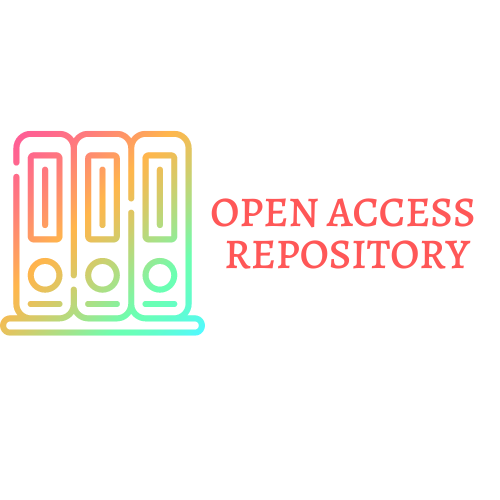PATTERN RECOGNITION OF PROGRAMING LANGUAGE WITH THE IMPLEMENTATION OF A BINARY FORMATTING
DOI:
https://doi.org/10.17605/OSF.IO/AF6ZSKeywords:
Binary format, Pattern recognition, Artificial neural networkAbstract
In the current era of digital information and technology, the importance of developing software applications that enable the access and the use these information technologies raise dramatically. This requires the raise of various type of programming languages which makes it difficult to distinguish these different languages for the beginner learner and developer. Consequently, the ability of detecting and recognizing each programming language is very useful in both the fields of learning and developing of software applications and programs. Therefore, many studies were conducted to investigate the ability of using pattern recognition models of Artificial neural networks to distinguish between different syntax codes from several programming languages. These endeavors were performed using alphabetic presentation of the syntax codes of each programming language. So, in this paper, we propose a method of converting and reformatting the alphabetic format of input data into a binary presentation of the targeted programming syntax codes. This is conducted and tested by using a backpropagation neural network BPNN algorithm via KNIME toolkit.In the results, the BPNN recognition of the proposed Binary reformatting of the alphabetical syntax codes shows the ability of distinguishing the targeted set of programming language with a high percentage of accuracy. These results will be of interest to researcher community of studying technical learning materials and the applications of recognition models.
Downloads
Published
How to Cite
Issue
Section
License

This work is licensed under a Creative Commons Attribution-NonCommercial-NoDerivatives 4.0 International License.





